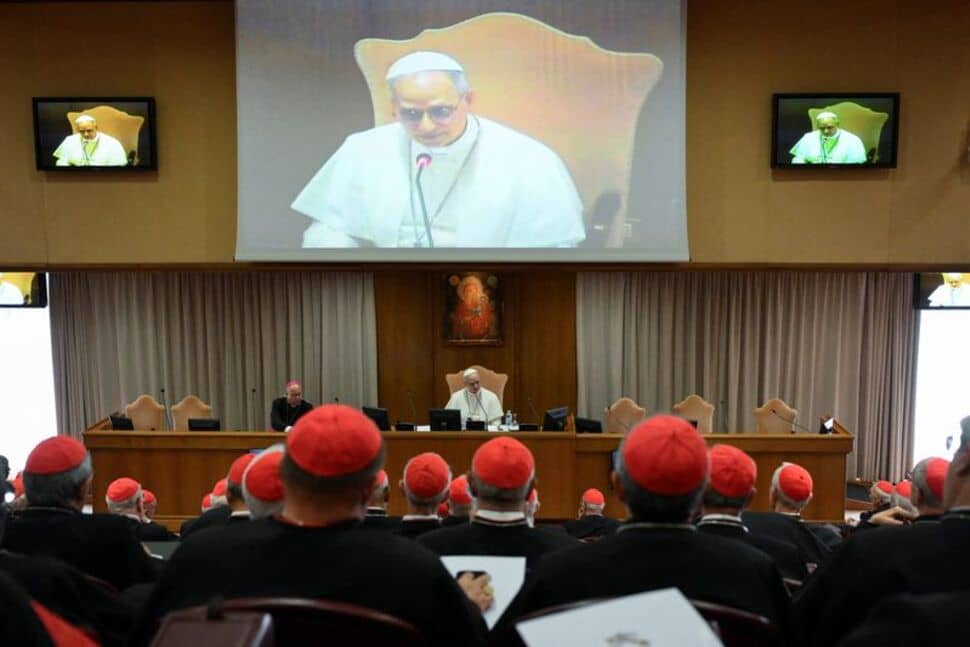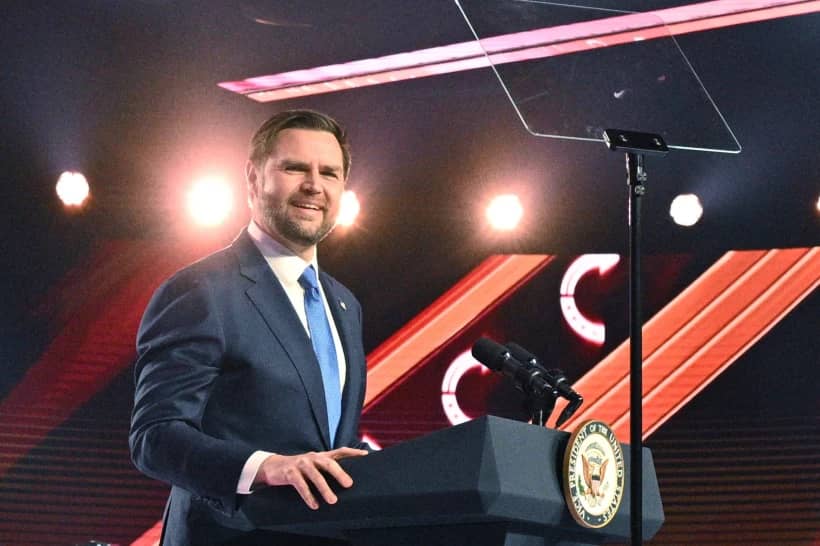Evidence of the dwindling numbers of Catholic priests is everywhere. Schools once run by religious orders are now in the hands of laypeople; churches once staffed by four or five priests now only have one; some parishes have closed altogether. Vocations have plummeted. According to Vatican estimates, 70,000 priests worldwide have walked away in the years since the Second Vatican Council.
“Why We Walked Away” (published by Libri Agni) presents the stories of 12 of the 18,000 American priests who left active ministry in the Church in the wake of Vatican II. The editors, whose stories also appear in the collection, have dedicated the book to our current pope, in hopes that he will “evaluate the possibilities [of] a married priesthood” and end the Church’s practice of priestly celibacy.
On one level, the book is a valuable record of how an epochal shift in the Church actually played out in the personal lives of those caught in the collision of a medieval institution with the modern world. One priest credits a transformative experience at Woodstock for his decision to leave. Many found themselves pitted against their own bishops on matters of race. Almost all felt vilified for not falling into line.
As expected, women play a major role in the narratives. Many of the men entered seminary at age 13 or 14 and spent the next 12 years of their lives in a clerical bubble. Once situated in parish life, they worked with women, ministered to them, and, like adolescent boys, were tugged by their passions for the very first time.
The Church has since abandoned the practice of sealing off of seminarians at such a young age, and one cannot but feel for these men, many of whom had no idea what they were giving up.
The book suffers in several respects. For one, the personal narratives are not as wide-ranging as one would hope from such a collection. Three of the 12 are brothers, and several attended the same seminary. The contributors are not professional writers, and the book reads accordingly. Those looking for the most cogent accounts should turn to the entries by John Ardizzone and John Raymaker.
Significantly, these men have strayed from a genuinely Catholic theology in important areas, which undercuts their stated purpose of proposing reform. In their view, true to the spirit of the 1960s, one cannot fail if listening to his conscience, or, as one priest fuzzily puts it, his “inner thing.” Their concept of sin, when recognized at all, is evident only in heinous actions that individuals commit against other individuals, not as an identifying characteristic of all humans. This vision owes more to Ralph Waldo Emerson and Allen Ginsberg than Augustine and Aquinas. And in many respects, that is the point of the book — that the aggiornamento of Vatican II is a call to embrace the spirituality of the modern world. Yet before they dedicated the book to Francis, perhaps they should have paid attention to his now-famous “Who am I to judge” interview, in which he first identified himself with the unequivocal, “I am a sinner.” Apparently sin is not such an outdated notion.
There is certainly a discussion to be had about priestly celibacy. It is an institutional practice, not dogma, and may very well change if vocations continue to dwindle. The cause for ending the practice, however, is not helped by this book, which bogs down in the culture wars of a half-century ago, and presents a convincing argument only to those who already share the fringe spirituality of many of the contributors.
Michael St. Thomas teaches at a Catholic high school in Rhode Island.
















